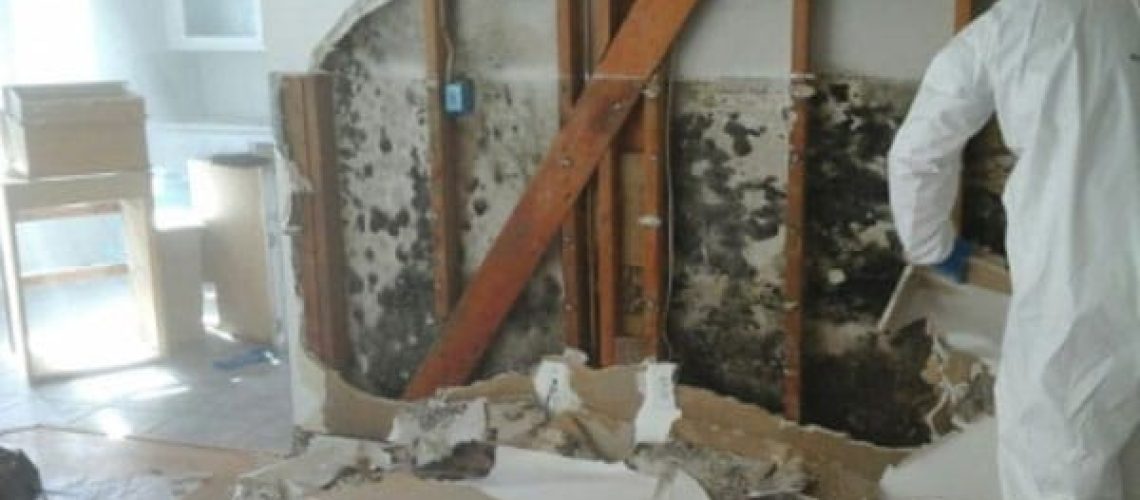The air we breathe within our homes has a profound impact on our health and well-being. Home inspectors, armed with the tools to unveil hidden concerns, play a crucial role in identifying potential mold and indoor air quality (IAQ) issues. In this comprehensive guide, we will explore the most common safety problems related to mold and indoor air quality that home inspectors frequently uncover, shedding light on the importance of addressing these concerns for a healthy and comfortable living environment.
1. Mold Growth in Moist Areas
Issue: Presence of Mold in Damp or Humid Spaces
One of the most prevalent safety issues discovered by home inspectors is the growth of mold in damp or humid areas of the home. Common locations include basements, bathrooms, and areas with water leaks. Mold thrives in moist environments and can pose health risks to occupants.
Why It Matters:
Mold can release spores into the air, leading to respiratory issues and allergic reactions. Addressing moisture sources, improving ventilation, and removing mold are essential steps to ensure a healthy indoor environment.
2. Poor Ventilation and Stale Indoor Air
Issue: Inadequate Ventilation Resulting in Stale Air
Home inspectors often identify inadequate ventilation as a contributing factor to poor indoor air quality. Stale air, often accompanied by unpleasant odors, can result from insufficient airflow in enclosed spaces.
Why It Matters:
Poor ventilation can lead to the accumulation of indoor pollutants and allergens. Improving ventilation through the use of exhaust fans, proper air circulation, and regular maintenance is crucial for promoting fresh and healthy indoor air.
3. Inadequate Moisture Control
Issue: Lack of Moisture Control Leading to Dampness
Moisture control is a key factor in preventing mold growth and maintaining a healthy indoor environment. Home inspectors frequently discover issues such as leaks, water intrusion, or poor drainage that contribute to dampness.
Why It Matters:
Excessive moisture can create conditions favorable for mold growth and attract pests. Implementing proper moisture control measures, including repairing leaks and improving drainage, is essential for preventing mold and maintaining a dry indoor environment.
4. HVAC System Contamination
Issue: Mold Contamination in Heating, Ventilation, and Air Conditioning (HVAC) Systems
Mold can find its way into HVAC systems, spreading spores throughout the home. Home inspectors often identify mold growth in air ducts, filters, or on cooling coils, particularly in systems with poor maintenance or inadequate filtration.
Why It Matters:
Contaminated HVAC systems can distribute mold spores, allergens, and pollutants throughout the home. Regular maintenance, proper filtration, and cleaning of HVAC components are essential for preventing mold contamination and ensuring clean indoor air.
5. Hidden Plumbing Leaks
Issue: Undetected Plumbing Leaks Contributing to Mold Growth
Home inspectors frequently uncover hidden plumbing leaks that contribute to mold growth. Leaks behind walls, under sinks, or within crawl spaces can create the damp conditions necessary for mold proliferation.
Why It Matters:
Undetected plumbing leaks can lead to structural damage and mold growth, affecting indoor air quality. Identifying and repairing leaks promptly is crucial for preventing mold-related issues and maintaining a dry environment.
6. Inadequate Cleaning Practices
Issue: Poor Cleaning Practices Contributing to Indoor Air Contaminants
Inadequate cleaning practices can contribute to the accumulation of indoor contaminants, including dust, pet dander, and mold spores. Home inspectors often identify spaces with poor cleanliness that negatively impact indoor air quality.
Why It Matters:
Accumulated dust and debris can harbor allergens and pollutants, impacting respiratory health. Implementing regular cleaning routines, including dusting, vacuuming, and maintaining cleanliness in living spaces, is crucial for improving indoor air quality.
7. Asbestos and Lead Paint Hazards
Issue: Presence of Asbestos or Lead Paint in Older Homes
In older homes, home inspectors may identify hazardous materials such as asbestos or lead paint. These substances, when disturbed, can release harmful particles into the air, posing serious health risks.
Why It Matters:
Exposure to asbestos fibers or lead dust can lead to respiratory and neurological problems, especially for children. Proper assessment, containment, or removal of these hazardous materials is essential for maintaining a safe indoor environment.
8. Radon Gas Contamination
Issue: Presence of Radon Gas in Basements or Crawl Spaces
Radon is a naturally occurring radioactive gas that can seep into homes through the ground. Home inspectors often test for radon levels, particularly in basements or crawl spaces, where the gas is more likely to accumulate.
Why It Matters:
Radon exposure is a leading cause of lung cancer. Testing for radon levels and implementing mitigation measures, such as ventilation or sealing foundation cracks, is crucial for reducing the risk of radon contamination.
9. Formaldehyde Emissions from Building Materials
Issue: Formaldehyde Emissions from Furniture or Building Materials
Certain building materials, furniture, or household products may emit formaldehyde, a volatile organic compound (VOC). Home inspectors may identify areas with high formaldehyde levels, particularly in homes with new construction or recently installed materials.
Why It Matters:
Prolonged exposure to formaldehyde can cause respiratory irritation and other health issues. Choosing low-emission products, ensuring proper ventilation, and using air purifiers can help reduce formaldehyde levels and improve indoor air quality.
10. Inadequate Radial Barrier Installation
Issue: Inadequate Installation of Radial Barriers Around Crawl Spaces
Crawl spaces can be vulnerable to moisture intrusion and mold growth. Home inspectors may discover issues with the installation of radial barriers, leading to inadequate protection against moisture.
Why It Matters:
Inadequate radial barriers can allow moisture to seep into the crawl space, promoting mold growth and compromising indoor air quality. Proper installation and maintenance of radial barriers are essential for preventing moisture-related issues.
Conclusion
The quality of the air we breathe indoors has a direct impact on our health and comfort. Home inspectors, through their meticulous examinations, uncover potential mold and indoor air quality issues that, if left unaddressed, can compromise the well-being of occupants. From mold growth to inadequate ventilation and the presence of hazardous materials, addressing these common concerns is paramount for creating a healthy and comfortable living environment. In the realm of homeownership, prioritizing indoor air quality ensures that the air we breathe within our homes contributes to our overall health and happiness.
To learn more about the most common safety issues discovered by home inspectors, check out our article “Safeguarding Homes: Common Safety Issues Uncovered by Home Inspectors“.


